- The ITT Technical Institute is an institution of higher learning that is committed to offering quality undergraduate and continuing education locally, nationally and worldwide to students of diverse backgrounds, interests and abilities. The institution offers educational programs that integrate life-long learning with knowledge and skills to help students pursue their personal interests and objectives; develop intellectual, analytical and critical thinking abilities; and provide service to their communities. The programs employ traditional, applied and adult-learning pedagogies and are delivered through traditional, accelerated and distance methodologies in a learner-centered environment of mutual respect.
School Highlights
ITT Technical Institute-Hilliard served 384 students (77% of students were full-time).
The college's student:teacher ratio of 19:1 was lower than the state community college average of 23:1.
Minority enrollment was 29% of the student body (majority Black), which was less than the state average of 38%.
School Overview
ITT Technical Institute-Hilliard
(OH) Community College Avg.
Carnegie Classification
Item not available
Baccalaureate/Associate's Colleges: Mixed Baccalaureate/Associate's
Institution Level
Less than 2 yrs
At least 2 but less than 4 years
Institution Control
Private, for profit
Private not-for-profit
Total Faculty
20 staff
93 staff
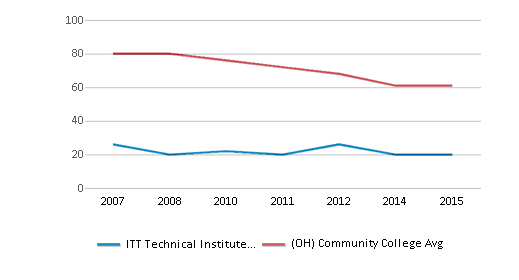
Student Body
Total Enrollment
384 students
533 students
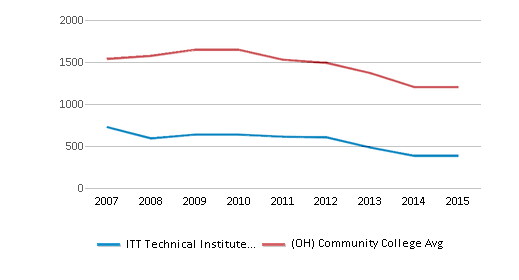
Student : Teacher Ratio
19:1
23:1
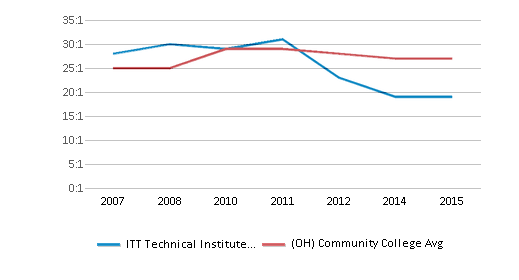
# Full-Time Students
297 students
397 students
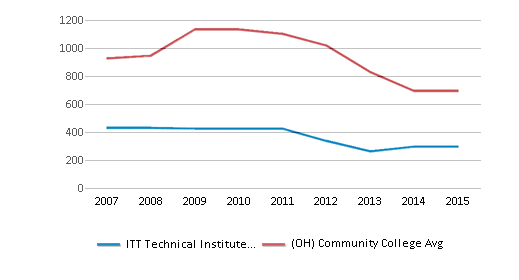
# Part-Time Students
87 students
360 students
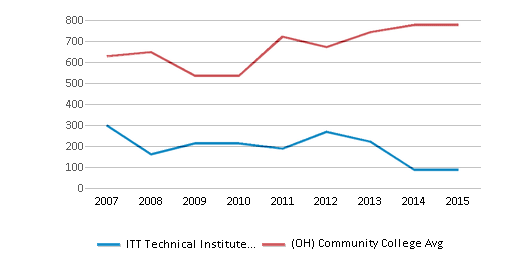
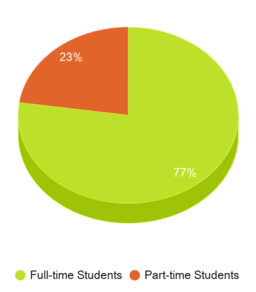

# Enrollment Undergraduate
319 students
308 students
# Full-Time Undergraduate Students
297 students
385 students
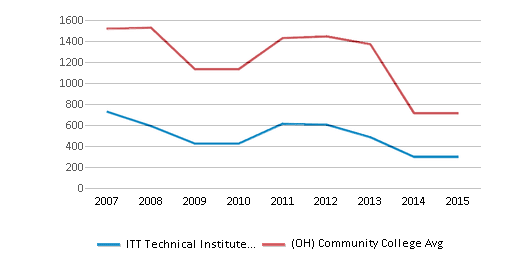
# Full-Time Graduate Students
n/a
10 students
# Part-Time Undergraduate Students
n/a
380 students
# Part-Time Graduate Students
n/a
3 students
Total Dormitory Capacity
n/a
425 students
% American Indian/Alaskan
2%
n/a
% Asian
1%
4%
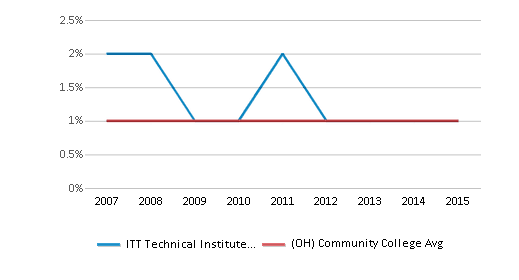
% Hispanic
6%
6%
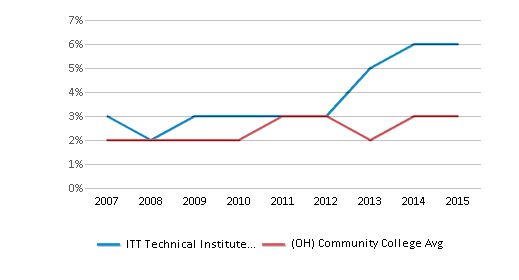
% Black
15%
15%
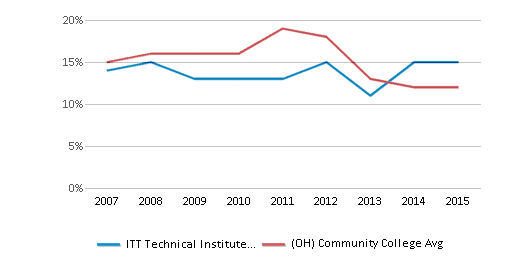
% White
71%
62%

% Hawaiian
n/a
2%
% Two or more races
3%
4%
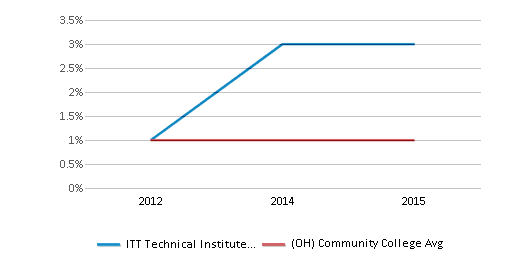
% Non Resident races
n/a
1%
% Unknown races
2%
6%
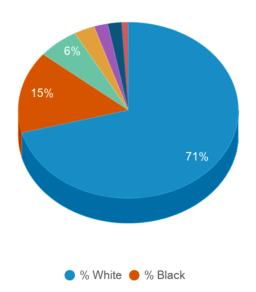
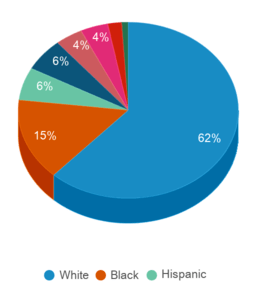
Diversity Score
0.47
0.58
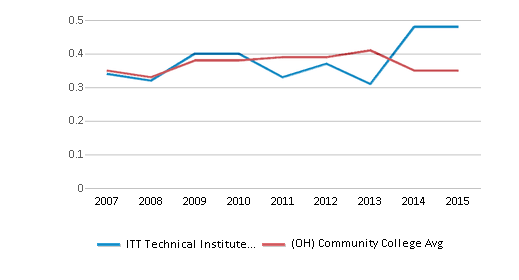
College Completion Rate (Students who graduate in less than 4 years)
30%
28%

College Completion Rate (Students who graduate in 4 years or more than 4 years)
n/a
0.2197%
Average Graduate Earnings (10 Years)
$42,800
$31,900
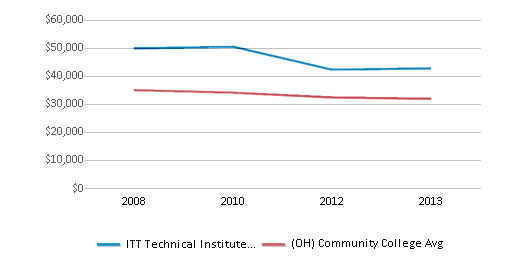
Tuition and Acceptance Rate
Private State Tuition Fees
$18,048
$13,816
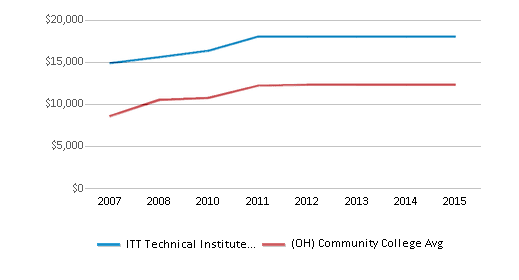
% Students Receiving Some Financial Aid
100%
92%
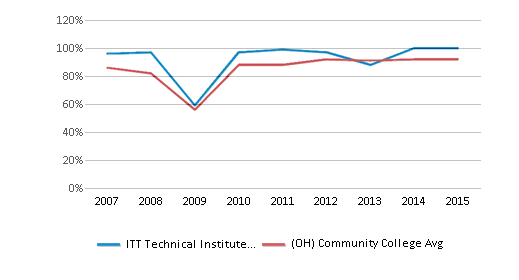
Median Debt for Graduates
$25,827
$20,581
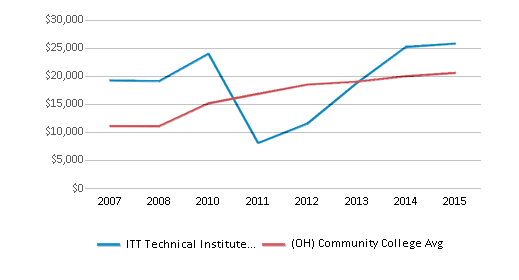
Median Debt for Dropouts
$9,500
$7,090
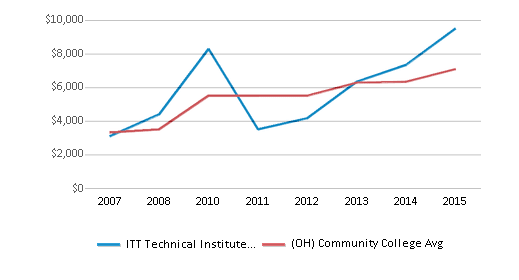
Acceptance Rate
64%
73%
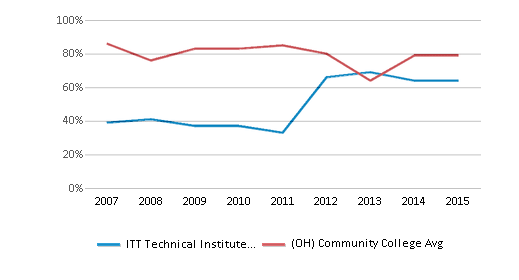
SAT Reading
n/a
460
SAT Math
n/a
475
SAT Writing
n/a
465
ACT Composite
n/a
21
ACT English
n/a
20
ACT Math
n/a
20
Source: 2015 (or latest year available) Integrated Postsecondary Education Data System (IPEDS)
Frequently Asked Questions
How much does ITT Technical Institute-Hilliard cost?
ITT Technical Institute-Hilliard's private state tuition is approximately $18,048.
What is the acceptance rate of ITT Technical Institute-Hilliard?
The acceptance rate of ITT Technical Institute-Hilliard is 64%, which is lower than the state average of 73%.
Recent Articles

Obtaining Your Bachelor's Degree at a Community College
Explore the evolving landscape of community colleges offering bachelor's degrees, addressing affordability, accessibility, and workforce needs.

A to Z of Community College Certificates and Courses
From business and healthcare to technology and skilled trades, the article showcases the breadth of options available to students seeking to enhance their knowledge, develop new skills, or pursue career advancement.

What is a Community College?
This comprehensive guide explains what a community college is, its history, and its role in higher education. It covers the types of programs offered, differences from four-year colleges, benefits of attending, and important considerations for prospective students, providing valuable insights for those exploring educational options.






